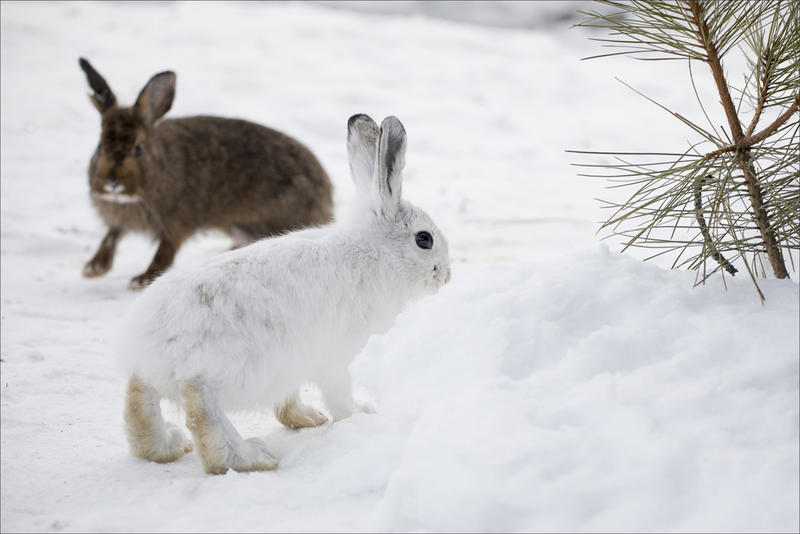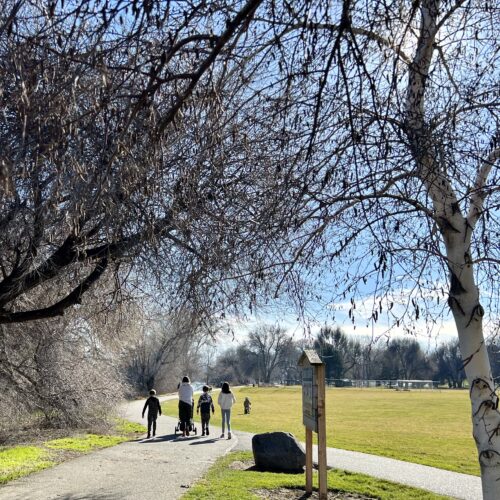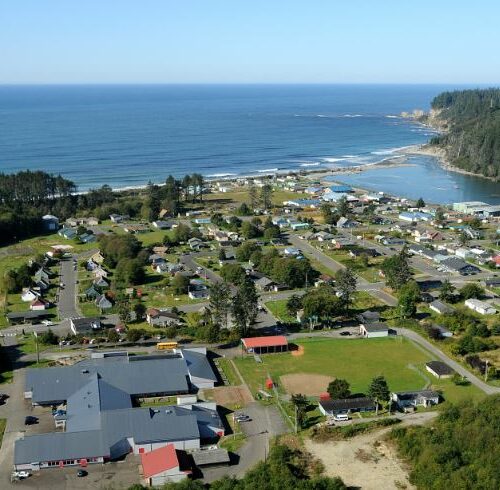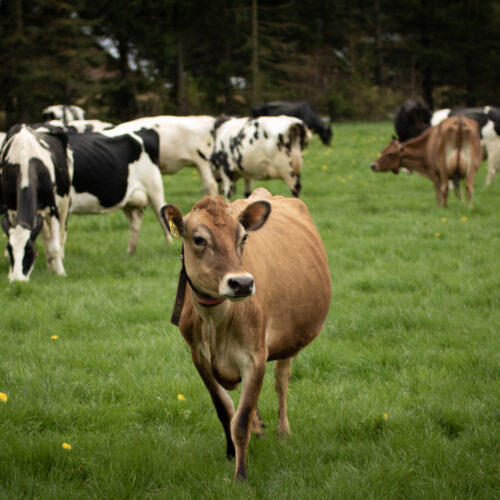
With Less Snow, Can Color-Changing Northwest Hares Adapt To Avoid Predators?
Listen
While you may be able to easily change your coat when the snow melts, it’s not so simple for animals whose fur turns white in winter for camouflage. A new study finds they’ll need to rapidly evolve to match a climate with less snow.
The Pacific Northwest is home to four mammals that change color with the seasons—white in winter, brown during the rest of the year. Short-tailed and long-tailed weasels, snowshoe hares and white-tailed jackrabbits live and die by the effectiveness of this camouflage.
But in a future with less snow cover, survival could depend on staying brown all year long. Scott Mills, a biologist at the University of Montana, said some wild bunnies do that already.
“The animals in the south and on the coast stay brown year round,” he said.
Mills led a research team that mapped other places worldwide that could be “hotspots” for evolution to keep pace with climate change. One of those zones runs down the length of the Cascade Mountains from British Columbia to the Northern Sierra.
Mills said the Cascade Range is home to mix of winter brown and winter white hares.
“Are the conditions there for rapid evolutionary change to happen? What are those conditions? You need to have variation in place,” Mills said. “In this case, we do.”
“We have always been trained to think that evolution is really only relevant to fossil kinds of time scales, deep evolutionary time.” Mills said in an interview. “But one of the most remarkable sets of insights in the last 10 to 20 years has been the realization that actually, meaningful evolutionary change can happen fast. It can happen on what we would call ecological time scales. It can happen on the order of three to five to ten generations.”
Mills said the identified hotspot zones deserve protection to nurture the adaptation, propagation and dispersal of animals better suited to a less snowy climate. Much of the Cascade Range is national forest.
Failed adaptation could “reverberate through their ecosystems,” the authors of the study wrote in the journal Science, noting the importance of hares as food for many predators. “Mismatch in seasonal coat color provides a visual metaphor for how climate change may affect biodiversity.”
“Extinction is not inevitable,” Mills wrote in a blog post. “We needn’t panic; rather, pushing for large and connected populations that hold the special sauce to empower nature’s adaptation engine to sustain wild animals through substantial challenges.”
Mills said the possibility of “evolutionary rescue” does not absolve humankind of taking action to mitigate global warming.
“Of course we still need to all work to reduce the carbon footprint,” Mills said. “But meanwhile, whether you’re a park manager or you’re a regular citizen, you can ask ‘Well, what can we do at a more local level to help species persist even in the face of a changing climate.'”
The paper from Mills’ lab appears online in Science and will be published in the March 2 print issue.
Related Stories:

Pickle-shaped sea creatures popping up along the NW coast, why it’s important
Scientist Kris Bauer measures a pyrosome that was caught in a net aboard the Bell M. Shimada in May 2022. (Credit: Courtney Flatt, Northwest News Network) Listen (Runtime 0:59) Read… Continue Reading Pickle-shaped sea creatures popping up along the NW coast, why it’s important

Study: as the climate changes, the desert Tri-Cities is actually getting cooler
People walk along a trail at Leslie Groves Park in Richland, Wash. (Credit: Courtney Flatt / Northwest News Network) Listen (Runtime 1:02) Read A new study has found – when it… Continue Reading Study: as the climate changes, the desert Tri-Cities is actually getting cooler

Funding for Northwest tribes to help challenges with housing, climate change
Listen An aerial view of the lower village of Taholah, Washington on the edge of the Pacific Coast. (Credit: Quinault Indian Nation) (Runtime :48) Read New funding from the U.S.… Continue Reading Funding for Northwest tribes to help challenges with housing, climate change















